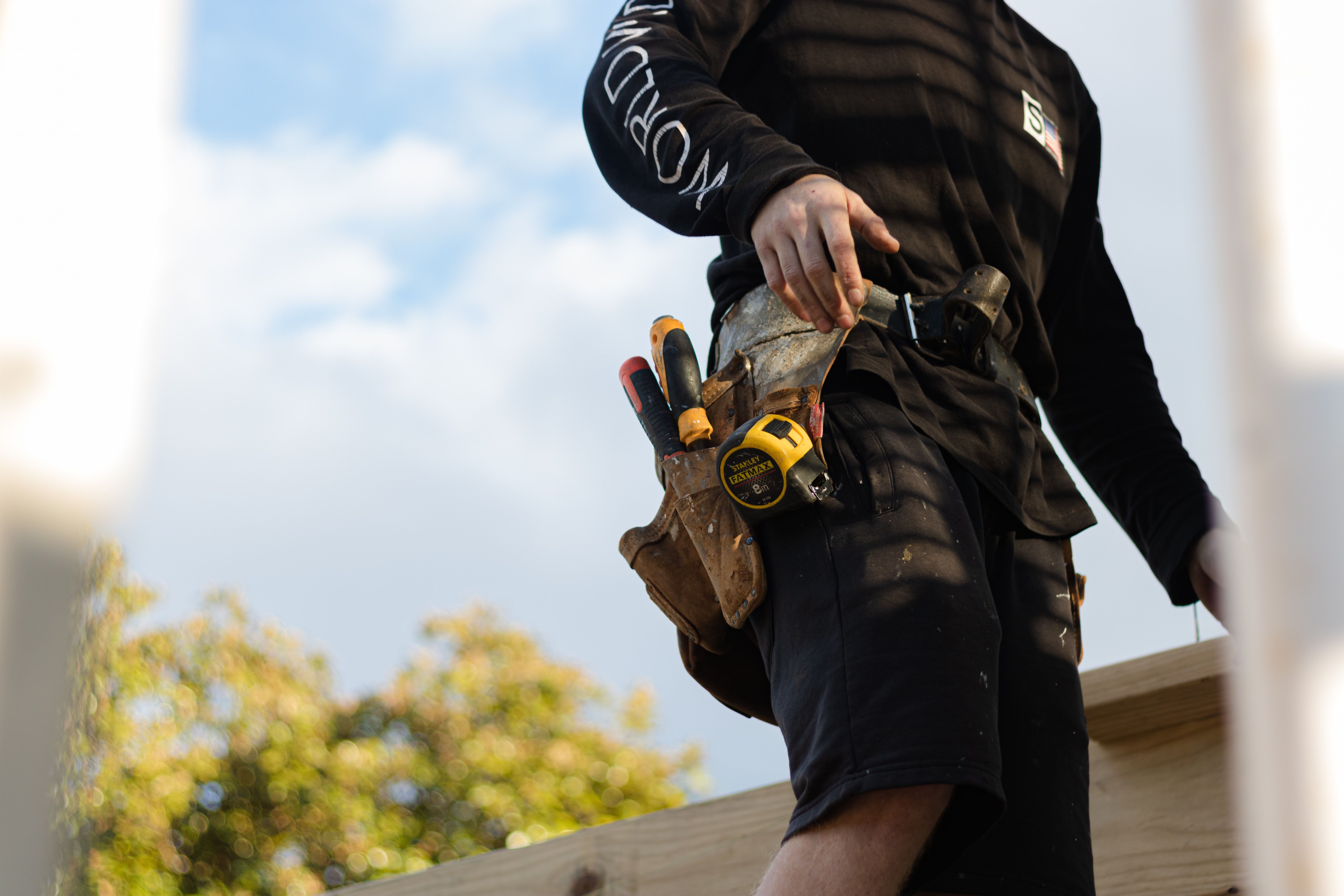4 Apr 2020
Gender imbalance partly to blame for builder and tradespeople shortage
Where are the women?
New Zealand’s housing crisis – and general shortage of tradespeople and builders – is in part the result of a lack of women builders, plumbers, carpenters and electricians in those sectors; in effect, the gender imbalance in construction is a lost opportunity.
Director of Auckland-based accounting and business advisory firm BetterCo, Peter Prema, says he was prompted to speak out after he noticed the ‘division of labour’ within his own client base and because, like many New Zealanders, he is sometimes frustrated when it comes to finding a tradesperson to fix things around the house.
Prema noticed that most of the firm’s women SME business owners are in hospitality, fashion and beauty, while most of the firm’s male clients are in trades and construction – it’s a glaring imbalance.
“We are confronting a massive shortfall in skilled trades and workers over the next few years, but nobody is doing much to tap the vast pool of young women in our country, and that’s a shame. It all starts at school level,” says Prema.
“In fact, from my observations, there are social and cultural barriers to women picking up a paint brush or a builder’s hammer. Young women don’t see other women doing it, which makes them reluctant to go where they will find themselves in an overwhelmingly male dominated environment.”
Prema says that while there has been some work to encourage young women into trades, such as featuring stories about the those that do go down the trades path, not enough is being done.
“It’s not only unfair to women to restrict their opportunities, or to fail to at least try and remove some of the barriers – like traditional mindsets around gender and types of work – it means we are going to continue to struggle to find enough tradespeople because only a certain number of men are attracted to that kind of work in the first place,” says Prema.
“It’s time to give women the opportunity. We must change social perceptions and promote trades heavily at school level. Government also needs to incentivise, or encourage in some way, businesses to take on women apprentices.”
Professions such as building, electrical, plumbing and gas work are reasonably well paid. This means getting more women into trades may also help address the gender pay gap.
“We need to make women feel welcome in the construction sector, and that starts at school and with employers.
“Across the Tasman they have an initiative called Women Building Australia. As far as I am aware, no such thing exists here – why is that? Master Builders Australia has a national mentoring programme for women. Does New Zealand?”
